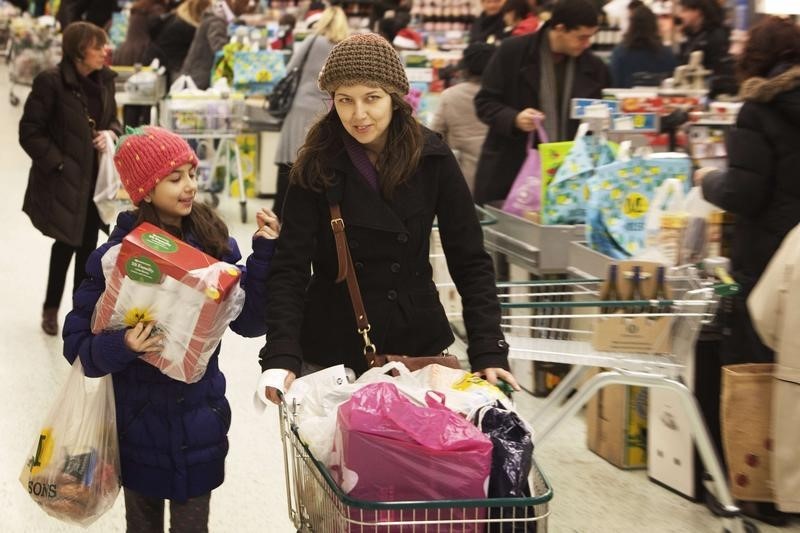Investing.com’s stocks of the week
By Geoffrey Smith
Investing.com -- U.S. shoppers wasted no time in spending their stimulus checks in March, embarking on their biggest spending spree in nearly a year.
Retail sales rose 9.8% according to data released on Thursday by the Bureau of Economic Analysis, well ahead of the 5.9% rise expected and the biggest monthly increase since May last year. The less volatile series of core retail sales also rose sharply, by 8.4%. The numbers for February were also revised up for both series.
The strength in retail sales was broadly distributed across almost all sectors: Sporting goods sales were up 24% after falling 6.9% in February. while apparel sales were up 18%, motor vehicles and parts were up 18%, and building materials sales were up 12%. Only food and beverage, with a 0.7% gain, lagged the overall trend noticeably.
"The level of overall sales should remain robust in the coming months with households on track to spend a part of savings accumulated during the pandemic," said Christophe Barraud, chief economist and strategist at Market Securities, in a blog post. "The large amount of excess savings accumulated since March 2020 (more than $1.750 trillion at the end of February 2021) could partly flood the economy from 2Q21.
Daniel Zhao, senior economist at Glassdoor, noted meanwhile that "almost every retail group is now above pre-crisis levels. Even clothing where spending dropped more than 80% from February to April 2020."
He pointed out that the only outlier was the restaurant and bar sector, where spending is still 4.8% below pre-pandemic levels.
News from the labor market front was also encouraging, as initial jobless claims fell much further than expected last week to only 576,000, their lowest level since the pandemic began. Analysts had expected a figure of 700,000 ahead of time.
Last week's initial claims number was revised up by 25,000 to 759,000.
The jobless claims numbers have been uneven in recent weeks. However, the longer-term declining trend was clearly underlined as another 1.2 million people dropped off the Department of Labor's broadest measure of those claiming benefits under all unemployment-related programs. The overall number fell to 16.93 million in the week through March 27, from 18.17 million the previous week. The narrower number of continuing claims under federal and state programs
Elsewhere, readings from both the Philadelphia Federal Reserve's business study and the New York Empire State Manufacturing index both exceeded expectations too, although Nordea analyst Martin Enlund warned that both appeared to be merely catching up with the Institute of Supply Management's findings in its last monthly survey.
